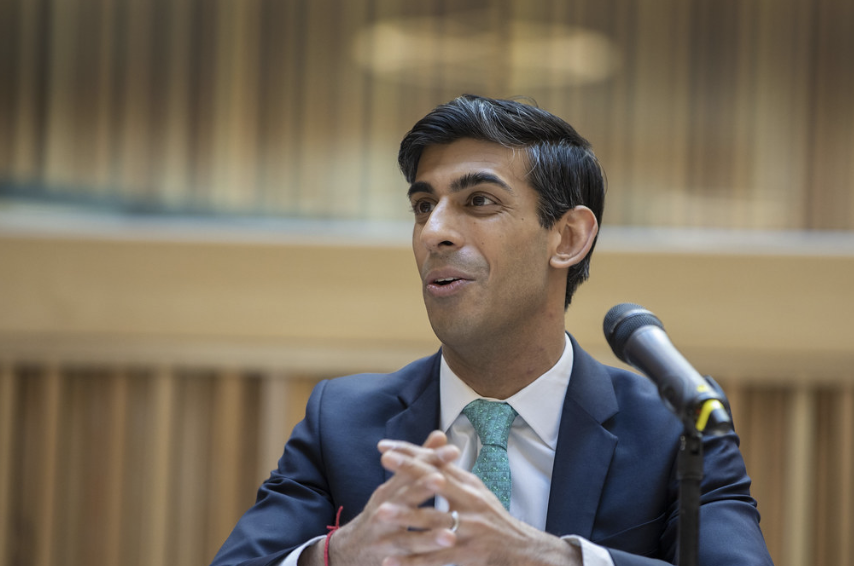Meet the UK’s new prime minister, Rishi Sunak
The millionaire banker will be the new prime minister of the United Kingdom.
Rishi Sunak became the new prime minister of the UK on Oct. 25.
November 30, 2022
After a record-breakingly short term, Liz Truss resigned as prime minister on Oct. 21. Naming her replacement was the subject of heated debate for the week following her resignation. The Conservative party finally announced that Rishi Sunak had been chosen as Truss’s replacement.
Sunak’s nomination to be the prime minister comes as no surprise – his success as Secretary to the Treasury throughout the COVID-19 pandemic earned him widespread praise for successfully steering the economy through a global disaster. After market turmoil under Truss led to her resignation, someone with a background in leading the economy was an obvious choice for the Conservative party.
According to treasury insiders, Sunak is already planning to gradually roll out higher income taxes to fill the £50 billion fiscal hole left by Truss under her administration. Sunak met with Jeremy Hunt, the Chancellor of the Exquecher, to discuss increasing taxes by around 50% to help revive the British economy. This could translate into £25 billion in hikes for taxpayers, a drastic measure that Sunak’s ministry likely doesn’t take lightly. These hikes mean higher taxes, and therefore prices, for citizens throughout the country.
After widespread economic failure this year, institutions across the UK such as libraries and childrens’ centers are closing as local councils attempt to meet a £3.2 billion budget in 2023. Solving these unprecedented slashes across the country is reportedly a high priority for Sunak as he enters his role as prime minister.
Sunak had already unsuccessfully sought the position of prime minister earlier this year when Boris Johnson resigned and left the role vacant. Although he lost the race to Liz Truss, at the time he revealed an economic plan to cut income tax from 20% to 16%. During the race, his plan seemed underdeveloped compared to Truss’; after her policies were put into practice, Sunak’s plan now seems far more plausible.
Throughout the earlier race, he also emphasized his support of the Bank of England’s independence. Now that he’s in office, this likely means his administration wants to work alongside the bank to cut inflation rather than exacerbate it.
Alongside economic disaster, Sunak will have to deal with a deeply divided Conservative party of which he is now the leader. Although conservatives constitute the majority of the British parliament today, there are still deep rifts over Brexit and immigration policies. Liz Truss barely won over Sunak in the race held earlier this year, showing deep conflict within the party.
Sunak released a statement on Sunday that he wants to “fix [the] economy, unite [the Conservative] party and deliver for the country” in his new role. He added that he wants to “keep Brexit safe” as part of his unwavering loyalty to the Conservative party’s agenda. His straightforward plan is likely meant to reassure Conservative leaders of his stability as the future minister.
Another part of Sunak’s announced plan will enact anti-abortion legislation, according to service providers referring to his strictly pro-life cabinet. Key members of his staff – including the culture secretary, environment secretary, and Welsh secretary – have voted against abortion rights in the past. Despite his cabinet’s obvious opinion, abortion rights are still a topic of division within the Conservative party.
Sunak took office on Oct. 25 after communicating with Buckingham Palace, a tradition held by previous prime ministers. He will be the first person of color to be prime minister in Britain. If Sunak’s promises and plans are successful, he could be the potential stabilizer of the crumbling British Conservative party.



